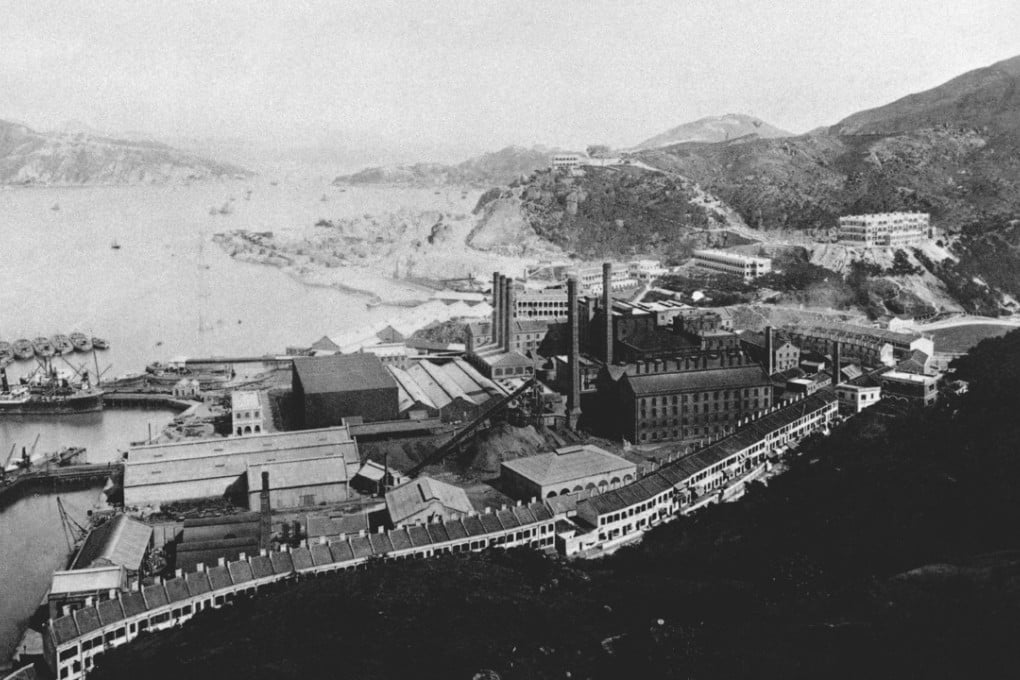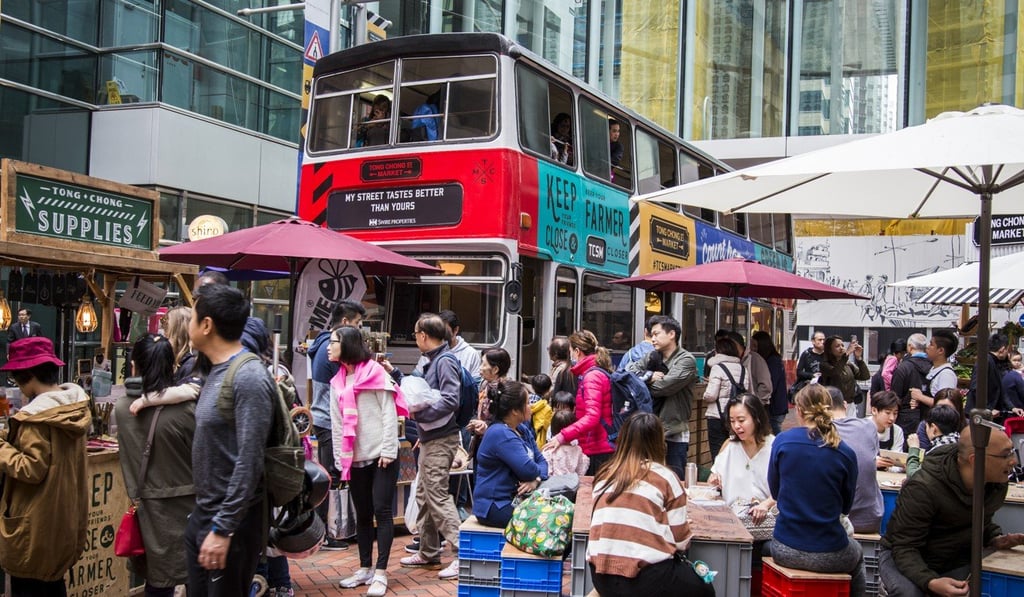Hong Kong district history: Quarry Bay – the story behind city’s original company town
Religious missionaries travelled there in the mid-1800s but it was the Swire conglomerate’s transformation of Quarry Bay in the early 20th century that put it on track to becoming one of Hong Kong’s highest profile business districts

Quarry Bay used to be quiet on Sundays, but on this particular afternoon, there is quite the murmur of activity coming from the streets surrounding the glassy office towers of Taikoo Place. It has been like this every weekend since 2012, as Island East Market and its successor, the Tong Chong Street Market, have brought street food, artisanal products and farm-to-basket produce stalls to this corner of Hong Kong.
“There are very few places in Hong Kong that have the amount of open space to house such a market and yet be so well connected,” says food writer Janice Leung Hayes, who co-founded the market. “More great things have happened at the market than I could have ever imagined – pop-up food stands becoming bricks-and-mortar restaurants, people getting to meet local farmers, watching vendors collaborate with each other.”
Stories behind Hong Kong districts: Tsuen Wan – from Hakka farms to textile mills to a post-industrial future
The market’s polished atmosphere – with tastefully decorated stalls selling everything from organic greens and matcha lattes to craft beer and an eclectic assortment of cooked food – would have been unthinkable in the Quarry Bay of old. For most of its history, this neighbourhood on the north side of Hong Kong Island was an industrial backwater – important to Hong Kong’s economy, but hardly the kind of place anyone would visit by choice.

Like so many places in Hong Kong, Quarry Bay has two names – one in English and another in Chinese – that reflect two different histories. The Chinese name, pronounced in Cantonese as tsak yue chung, refers to a small stream where Hong Kong’s indigenous inhabitants caught crucian carp, a medium-sized white fish with a delicate taste.
After the British arrived, Hakka stonemasons began quarrying the nearby hills to supply granite to the burgeoning city to the west – hence the English name.